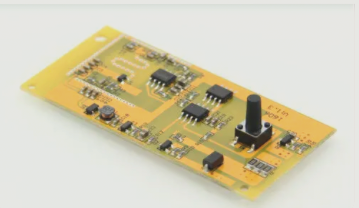Key Quality Control Aspects in PCBA SMT (Surface Mount Technology) Assembly
The key quality control points in PCBA SMT assembly include precise solder paste printing, reflow temperature control, customized stencil design, adherence to AOI testing, and careful monitoring of DIP post-soldering, testing, and back-end processes to ensure high-quality assembly and minimize defects.
Key Quality Control Aspects in PCBA SMT (Surface Mount Technology) Assembly Read More »


